Fried Maitake Mushrooms: Crispy, Delicious, and Easy to Make
Introduction to Fried Maitake Mushrooms
Maitake mushrooms, also known as "hen of the woods" or "dancing mushrooms" in Japanese, are treasured for their rich, earthy flavor and unique feathery texture. While these mushrooms are delicious in many preparations, frying them transforms them into something truly special—creating a perfect contrast between their crispy exterior and tender, flavorful interior.
The unique structure of maitake mushrooms makes them particularly well-suited for frying. Their frilly, feathery clusters provide plenty of surface area for breading or batter to cling to, resulting in an exceptional crispy texture when fried. Meanwhile, their natural umami flavor intensifies with the high-heat cooking method, creating a savory treat that even non-mushroom enthusiasts can appreciate.
In this comprehensive guide, we'll explore three distinct methods for frying maitake mushrooms—tempura-style, breaded, and pan-fried—each offering its own unique texture and flavor profile. We'll also dive into tips for selecting the best mushrooms, proper preparation techniques, and delicious serving suggestions to make the most of these magnificent fungi.
Whether you're a culinary enthusiast looking to expand your mushroom repertoire or simply someone seeking a delicious new appetizer, these fried maitake mushroom recipes are sure to impress.
Understanding Maitake Mushrooms
Before we dive into frying techniques, let's take a moment to understand what makes maitake mushrooms so special and how to select the best specimens for frying.
What Are Maitake Mushrooms?
Maitake mushrooms (Grifola frondosa) grow at the base of hardwood trees, particularly oak, in large, overlapping clusters that can sometimes weigh several pounds. Their name in Japanese, "maitake," translates to "dancing mushroom," reportedly because people would dance with joy upon finding these valuable mushrooms in the wild.
These mushrooms have a distinctive appearance:
- Feathery, leaf-like fronds that overlap and cluster together
- Grayish-brown color with lighter edges
- A firm yet flexible texture
- A woodsy, earthy aroma
Selecting Maitake Mushrooms for Frying
For the best fried maitake mushrooms, look for:
- Freshness: Choose mushrooms that appear firm and dry, not slimy or overly moist
- Color: Look for evenly colored mushrooms with no dark or discolored spots
- Aroma: They should have a fresh, earthy smell—avoid any that have a strong ammonia-like or unpleasant odor
- Size: Smaller to medium clusters often have the best texture; very large specimens may have tougher stems
- Structure: The fronds should be intact, not broken or crushed
While fresh maitake mushrooms are ideal, you can also use dried maitake that has been properly rehydrated—though the texture won't be quite the same as fresh.

Cleaning and Preparing Maitake Mushrooms
Proper preparation is crucial for achieving the best results with fried maitake mushrooms:
- Gentle cleaning: Rather than washing with water (which mushrooms readily absorb), brush away any dirt or debris with a soft mushroom brush or paper towel
- Trimming: Cut away any tough base portions, but leave enough stem to keep the clusters intact
- Separating: Break or cut the mushroom into smaller, manageable pieces along its natural divisions—ideally into pieces about 2-3 inches in size
- Drying: Pat the mushrooms with paper towels to ensure they're as dry as possible before frying, as excess moisture can interfere with crisp results
Now that we understand our star ingredient, let's explore the three best ways to fry these magnificent mushrooms.
Japanese Tempura Maitake Mushrooms
Tempura is a classic Japanese cooking technique that creates an incredibly light, crispy coating. The delicate batter allows the natural flavor of the maitake mushrooms to shine through while adding a satisfying crunch.
Ingredients for Tempura Maitake Mushrooms
For the Mushrooms:
- 8 ounces (225g) fresh maitake mushrooms, cleaned and separated into pieces
- Vegetable oil for deep frying (about 2-3 cups)
For the Tempura Batter:
- 1 cup (120g) cake flour or all-purpose flour
- 1 tablespoon cornstarch
- 1/4 teaspoon baking powder
- 1/4 teaspoon salt
- 1 cup (240ml) ice-cold water
- Ice cubes (to keep water cold, removed before mixing)
For Dipping Sauce (Optional):
- 1/4 cup dashi stock (or vegetable stock)
- 2 tablespoons soy sauce
- 2 tablespoons mirin
- 1 teaspoon grated fresh ginger
Instructions for Tempura Maitake Mushrooms
-
Prepare the mushrooms: Clean and separate the maitake mushrooms into bite-sized pieces, making sure they're thoroughly dry.
-
Prepare for frying: Heat oil in a deep, heavy-bottomed pot to 340-350°F (170-180°C). Set up a cooling rack over paper towels for draining.
-
Make the batter: Just before frying, whisk together the flour, cornstarch, baking powder, and salt in a bowl. Add the ice-cold water and mix very briefly with chopsticks or a fork—lumps are perfectly fine! Over-mixing will develop gluten and make the batter heavy.
-
Coat and fry: Dip each piece of maitake into the batter, letting excess drip off. Carefully place in the hot oil, and fry until the batter is light golden and crisp, about 2-3 minutes. For frilly mushrooms like maitake, gently shake them as you lower them into the oil to spread out the fronds.
-
Drain and serve: Remove with a slotted spoon or spider, and drain on the prepared rack. Sprinkle lightly with salt while still hot.
-
Make dipping sauce: If using, combine all sauce ingredients in a small bowl.
Tips for Perfect Tempura
- Temperature matters: Keep the batter cold and the oil hot for the crispiest results
- Don't overcrowd: Fry in small batches to maintain oil temperature
- Quick mixing: The less you mix the batter, the lighter and crispier your tempura will be
- Immediate serving: Tempura is best enjoyed immediately while hot and crisp

Breaded Maitake Mushrooms
For a heartier coating with maximum crunch factor, breaded maitake mushrooms offer a satisfying texture that contrasts beautifully with the tender mushroom inside. This preparation is reminiscent of Southern-style fried foods but with a unique mushroom twist.
Ingredients for Breaded Maitake Mushrooms
- 8 ounces (225g) maitake mushrooms, cleaned and separated
- 1 cup (120g) white rice flour or all-purpose flour
- 1 teaspoon salt
- 1/2 teaspoon garlic powder
- 1/2 teaspoon paprika (optional)
- 1/4 teaspoon black pepper
- 2 eggs, beaten (or 1/2 cup buttermilk for dairy-free option)
- 1 1/2 cups (180g) panko breadcrumbs
- Oil for deep frying (about 3 cups)
Instructions for Breaded Maitake Mushrooms
-
Prepare the mushrooms: Clean and separate maitake clusters into bite-sized pieces.
-
Set up breading station: Create three shallow bowls: one with seasoned flour (flour, salt, garlic powder, paprika, pepper), one with beaten eggs or buttermilk, and one with panko breadcrumbs.
-
Heat the oil: In a heavy-bottomed pot or deep fryer, heat oil to 350°F (175°C).
-
Bread the mushrooms: Working with one piece at a time, first coat in flour mixture, then dip in egg/buttermilk, and finally coat in panko breadcrumbs, pressing gently to adhere.
-
Fry the mushrooms: Carefully lower breaded mushrooms into hot oil and fry until golden brown and crispy, about 2-3 minutes. Work in batches to avoid crowding.
-
Drain and season: Remove with a slotted spoon, drain on paper towels, and sprinkle with a little additional salt while still hot.
Freezing Option for Breaded Mushrooms
One great advantage of breaded maitake mushrooms is that they can be prepared ahead and frozen:
- After breading the mushrooms, place them in a single layer on a baking sheet
- Freeze until solid, then transfer to a freezer bag or container
- When ready to cook, fry directly from frozen, adding an extra minute or two to the cooking time
This method is perfect for preserving a large harvest of maitake mushrooms or for meal prep.
Karikari Maitake (Japanese Pan-Fried Mushrooms)
For a lighter, quicker alternative that still delivers on crispiness, this Japanese pan-fried method called "Karikari Maitake" (crispy maitake) requires less oil while highlighting the natural flavor of the mushrooms.
Ingredients for Karikari Maitake
- 8 ounces (225g) maitake mushrooms, cleaned and separated
- 2-3 tablespoons potato starch or cornstarch
- 3 tablespoons vegetable oil for pan-frying
- Salt and pepper to taste
- Optional: 1 teaspoon soy sauce or ponzu sauce for finishing
- Optional: 1 tablespoon chopped green onions for garnish
Instructions for Karikari Maitake
-
Prepare the mushrooms: Clean and separate maitake clusters into pieces about 2-3 inches in size.
-
Coat with starch: Place the mushrooms and starch in a plastic bag, twist to close, and shake until the mushrooms are lightly but evenly coated.
-
Heat the pan: Heat oil in a large skillet over medium-high heat until shimmering.
-
Fry the mushrooms: Add the coated mushrooms to the pan in a single layer, being careful not to overcrowd. Avoid moving them too much at first to help develop a crispy exterior.
-
Cook until crispy: Fry for 3-4 minutes per side until golden brown and crispy. The frilly edges will become particularly crisp.
-
Season and serve: Remove from the pan, drain briefly on paper towels, then season with salt and pepper. If desired, drizzle with a small amount of soy sauce or ponzu and garnish with chopped green onions.
Tips for Perfect Karikari Maitake
- Single layer: Cook in batches if necessary to maintain a single layer in the pan
- Minimal movement: Resist the urge to constantly stir or flip to allow proper crisping
- Light coating: You want just enough starch to create crispiness without a heavy coating
- Hot oil: Make sure the oil is properly heated before adding mushrooms to promote crispiness
Serving Suggestions for Fried Maitake Mushrooms
Fried maitake mushrooms are versatile and can be served in numerous ways:
As an Appetizer
- With dipping sauces like ponzu, tempura dipping sauce, or spicy mayo
- On a Japanese appetizer platter with other fried or fresh items
- As a sophisticated bar snack with cold beer or sake
As a Side Dish
- Alongside grilled meats or fish
- With Japanese rice and miso soup for a complete meal
- As part of a vegetable medley
As a Main Course Component
- Atop ramen or udon noodle soups
- In rice bowls with fresh vegetables and sauce
- As a "meat" substitute in sandwiches or tacos
As a Garnish
- Over creamy risotto or pasta
- On top of mashed potatoes or polenta
- As a crispy element in a salad
Health Benefits of Maitake Mushrooms
While frying may add some calories, maitake mushrooms themselves offer impressive nutritional benefits:
Nutritional Profile
- Low in calories but high in nutrients
- Good source of fiber and protein
- Contains B vitamins, including niacin, riboflavin, and pantothenic acid
- Rich in minerals like potassium, copper, and selenium
- Contains vitamin D (especially when exposed to sunlight before cooking)
Potential Health Benefits
- Contains beta-glucans that may support immune function
- May help support healthy blood sugar levels
- Provides antioxidants that combat oxidative stress
- Contains compounds that may support heart health
- Offers anti-inflammatory properties
While these benefits are most pronounced in fresh or lightly cooked maitake, even fried preparations retain some of these valuable nutrients.
Frequently Asked Questions About Fried Maitake Mushrooms
Can I use other mushrooms for these recipes?
Yes, while these recipes are optimized for maitake mushrooms, you can substitute other varieties like oyster, shiitake, or even cremini mushrooms. Each will provide a different flavor and texture, but the cooking methods remain the same.
Where can I find maitake mushrooms?
Maitake mushrooms are becoming increasingly available in:
- Asian grocery stores
- Farmers' markets
- Specialty grocery stores
- Some well-stocked supermarkets
- Online mushroom retailers
How do I store leftover fried maitake mushrooms?
For best results:
- Let cool completely
- Store in an airtight container with paper towels to absorb moisture
- Refrigerate for up to 2 days
- Reheat in a 350°F (175°C) oven for 5-10 minutes to restore crispness
Are these recipes gluten-free?
- The tempura recipe can be made gluten-free by using rice flour or a gluten-free flour blend
- The breaded version can be adapted with gluten-free breadcrumbs and flour
- The karikari (pan-fried) version is naturally gluten-free if using potato or corn starch
Can I air-fry maitake mushrooms instead of deep-frying?
Yes! For a healthier version:
- Prepare the mushrooms according to the breaded or tempura recipe
- Spray or brush lightly with oil
- Air-fry at 375°F (190°C) for 8-10 minutes, turning halfway through
- Check frequently as cooking times may vary by air fryer model
Conclusion
Fried maitake mushrooms offer a perfect entry point into the world of specialty mushroom cuisine. Their unique structure and flavor make them ideal candidates for frying, whether you prefer the delicate crispness of tempura, the hearty crunch of breading, or the lighter touch of pan-frying.
As these mushrooms become more widely available, experimenting with different frying techniques allows you to appreciate their versatility while creating crowd-pleasing appetizers, sides, or main dish components.
The next time you spot these fascinating "dancing mushrooms" at your local market or grocery store, grab a cluster and try one of these frying methods—you may just find yourself dancing with joy at the delicious results!
Remember, the key to perfect fried maitake mushrooms lies in proper preparation, appropriate temperature control, and prompt serving to enjoy their optimal texture and flavor. With these techniques in your culinary arsenal, you'll be able to transform these humble fungi into crispy, golden delicacies that will impress even the most discerning palates.


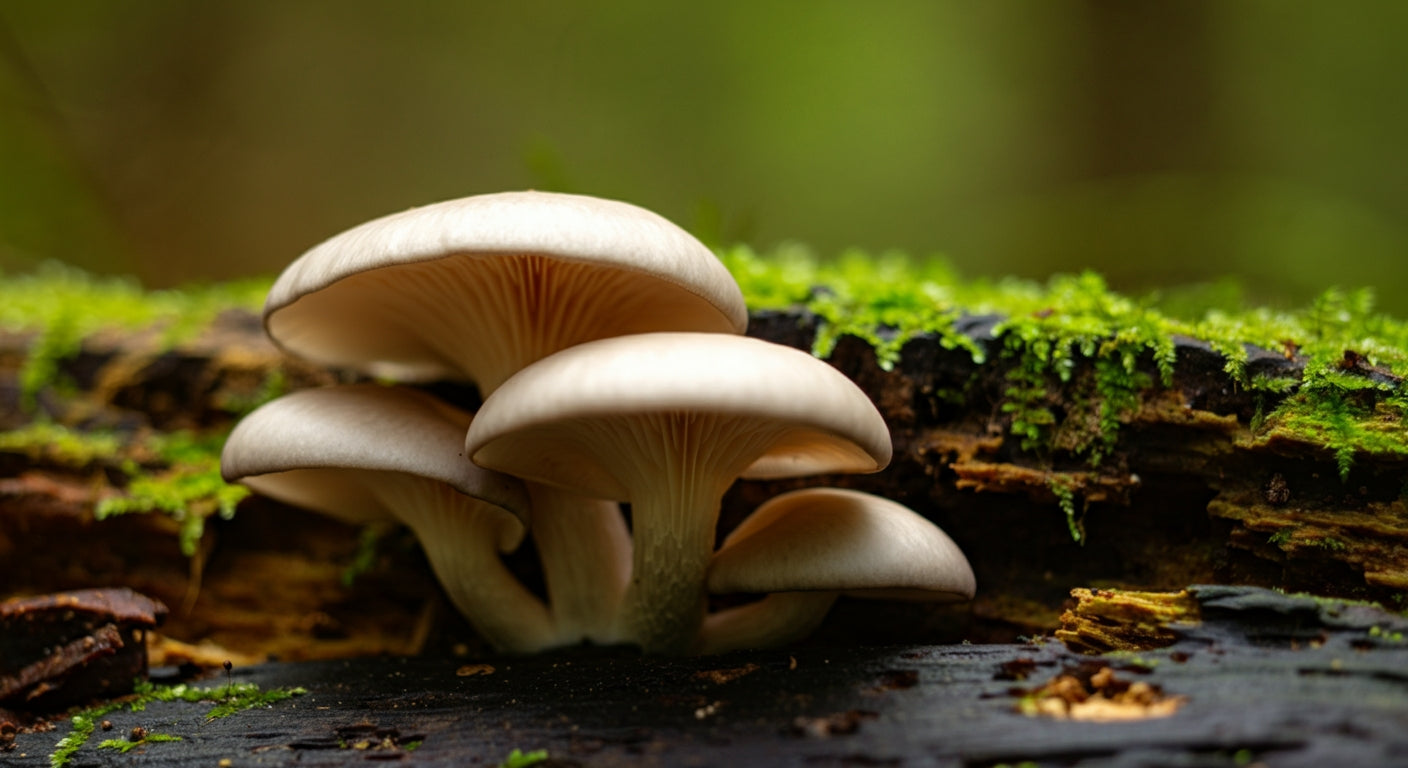


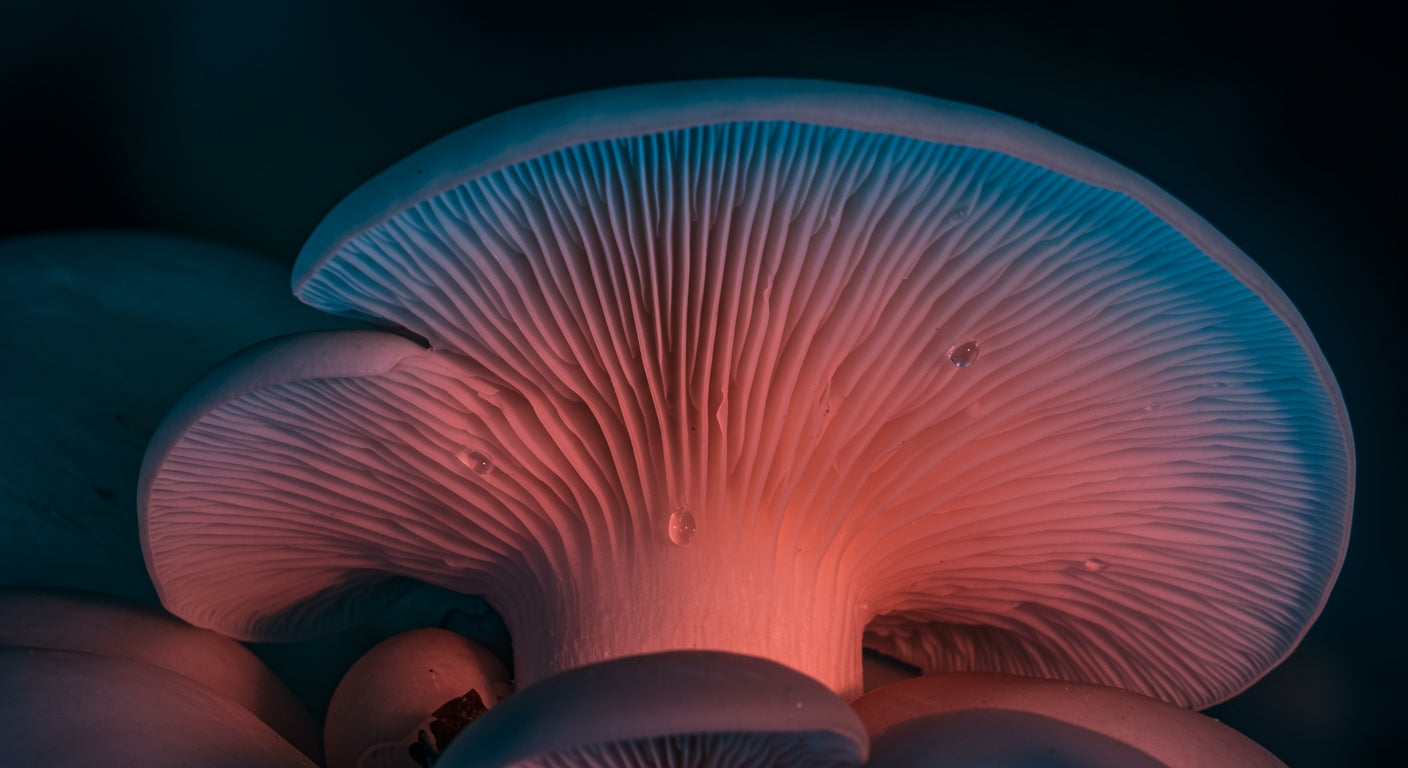


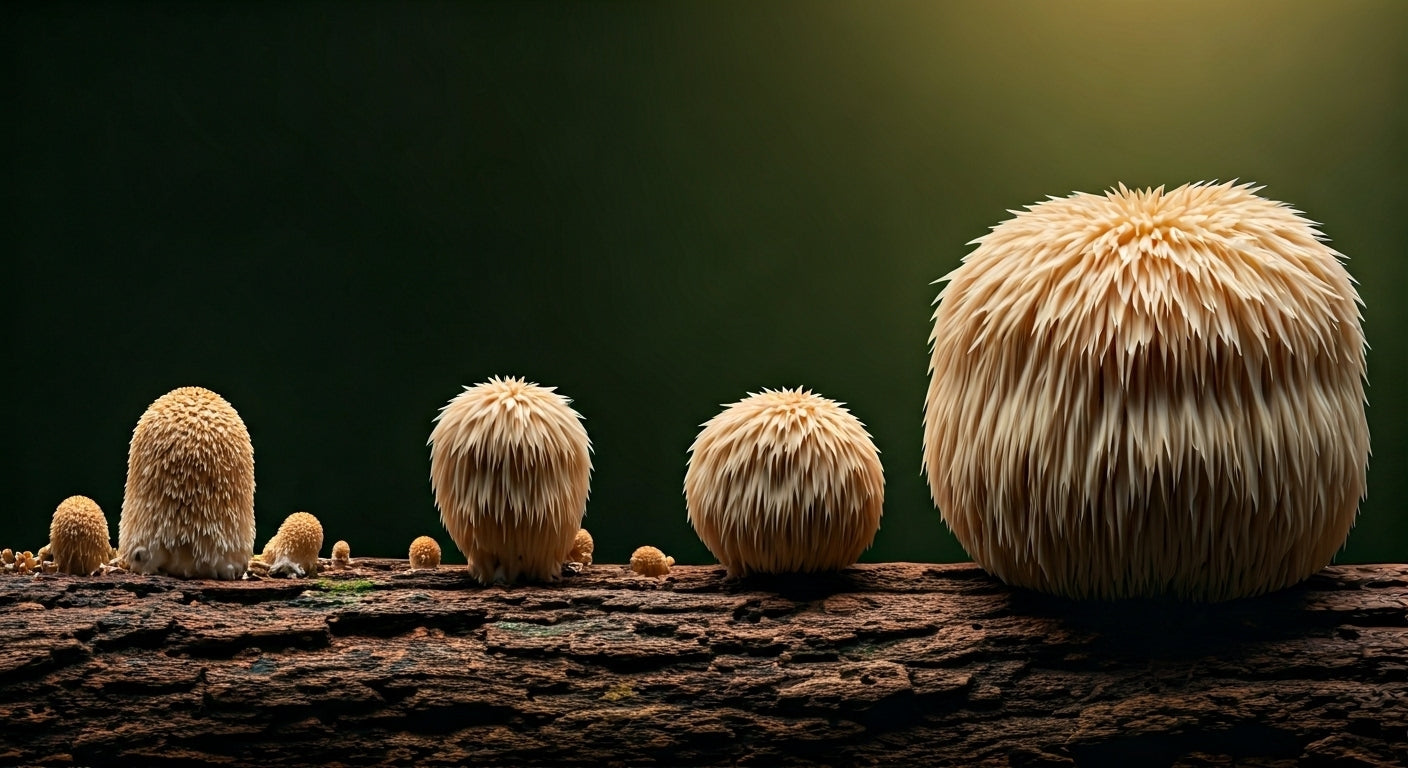
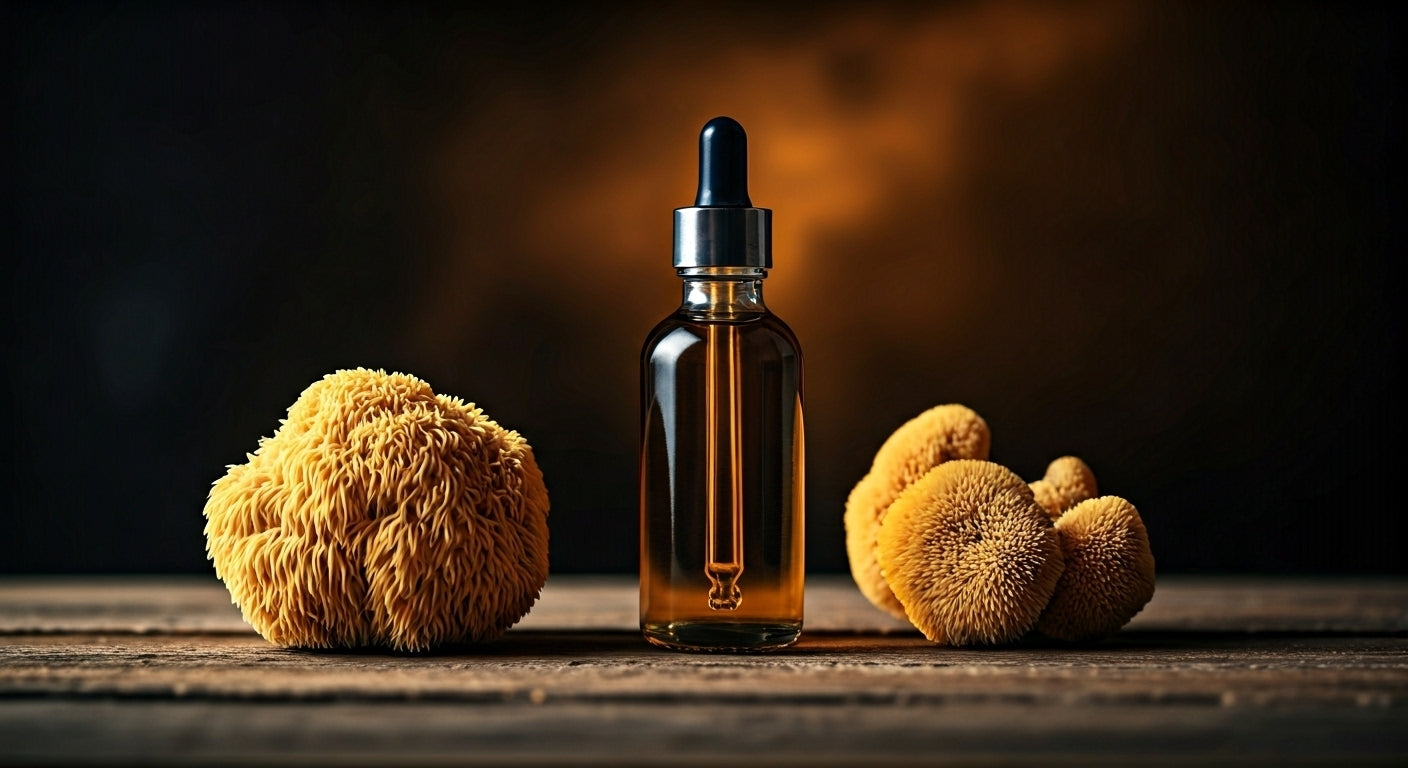
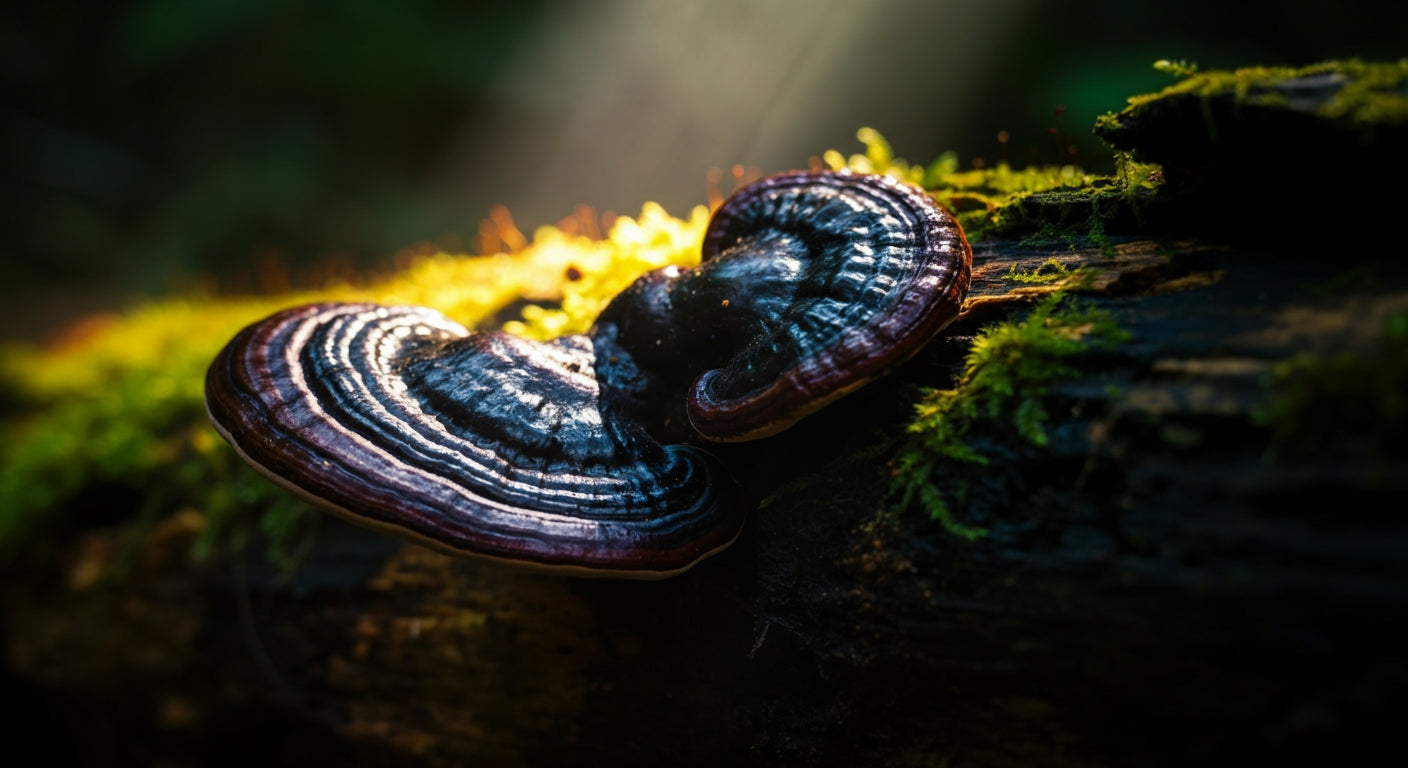



Share:
How to Grow Maitake Mushrooms at Home
Maitake Mushroom Soup Recipe: Delicious & Nutritious